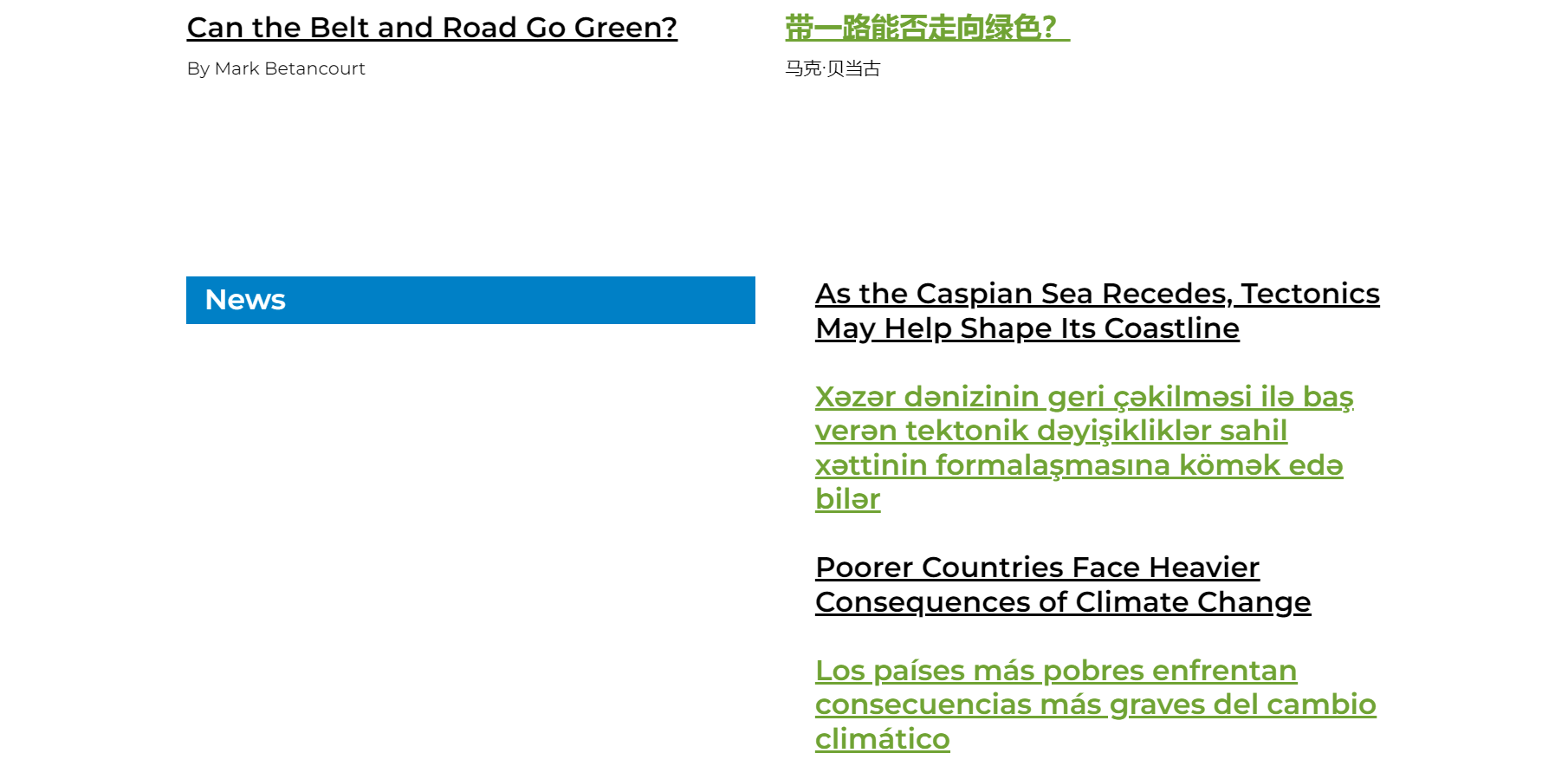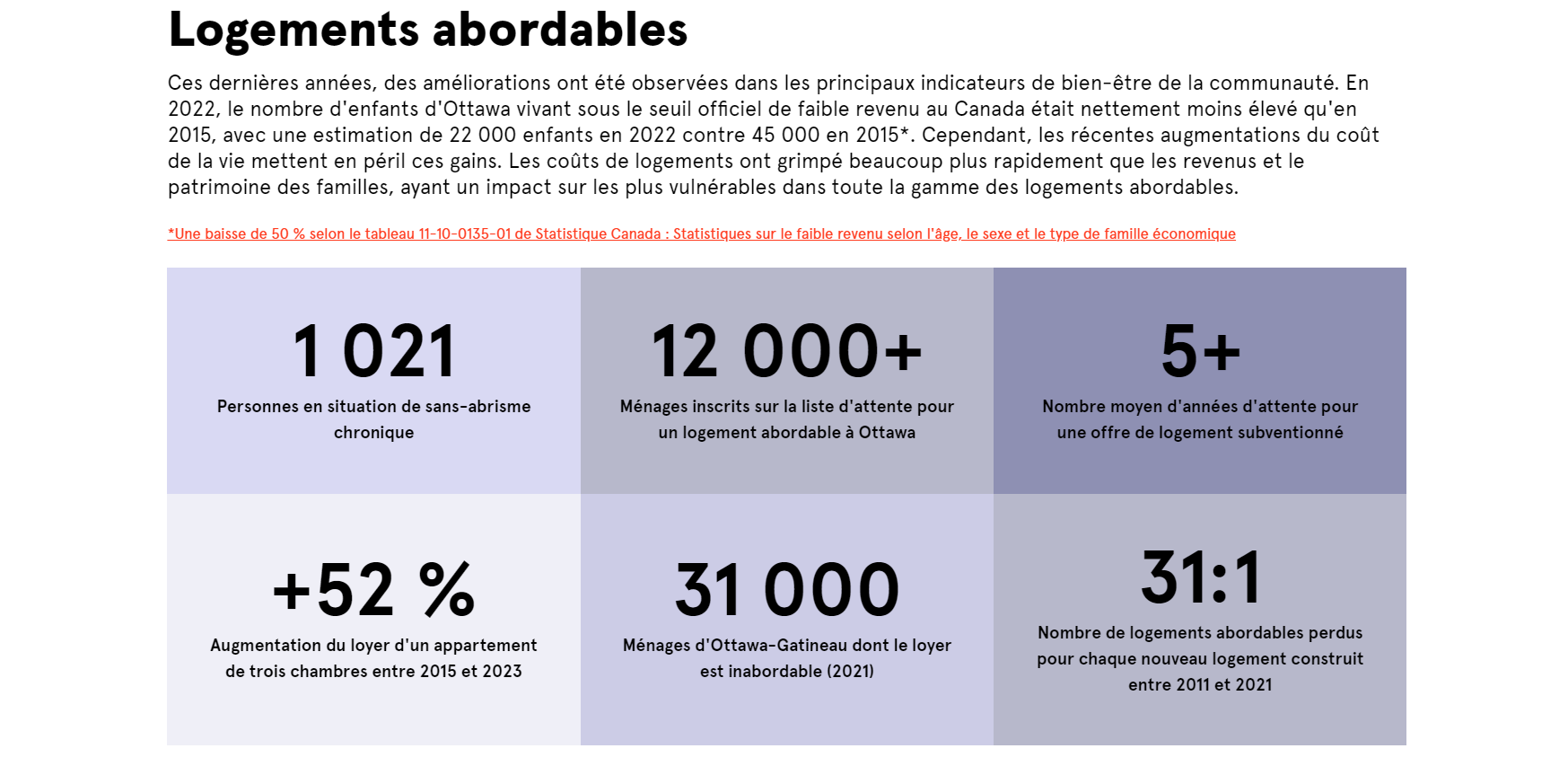By Dionna Dash
Hebrew, Arabic, Chinese, Azerbaijani — you can publish a report in languages other than English.
Our report builder is designed to eliminate the digital pain points of publishing in another language. No funky characters or spacing issues. Using the Storyraise report builder:
✅ Accents over letters appear clearly and in a standardized size
✅ Languages that read from right-to-left align with the rest of the text no matter their direction
There are a number of reasons why including foreign languages in your report might be prudent. Perhaps your organization is based in Canada and you have French-speaking clients. Maybe your Jewish day school wants to feature Hebrew in your report. Perhaps your nonprofit helps new immigrants from all over the world get settled in America.
With Storyraise Reports, the world and all of its languages are your oyster. Follow these two easy steps, and soon, you’ll be polyglotting like a pro.
Use the right font 🔠
Choose a font that includes the accents and characters you need for your language. The font should be: easy to read when you use larger letters, have sufficient space between each letter, and have letters with clean lines. This will ensure that your text is accessible to all readers, including those with vision limitations or impairments.
Multilingual fonts allow you to use the same font for multiple languages while avoiding problems like characters displaying incorrectly or being replaced by empty boxes, which can happen when translating copy in a unilingual font. Additionally, a multilingual font allows all of your copy in all of your languages to have a similar look, lending a harmony to your report.
The Noto Sans family of fonts is our preferred option because it features fonts in over 1,000 languages and 150 alphabets and writing systems. This font family is already loaded into Storyraise Reports and can easily be accessed by:
1. Clicking the “Fonts” dropdown in the right sidebar of the report builder
2. Scrolling to the Noto Sans option that features your target language
Change the text direction ➡️
If you’re writing in a language that reads from right-to-left instead of left-to-right, switch the text orientation. In Storyraise Reports, simply:
1. Locate the “Direction” control in the right sidebar of the report builder
2. Select “Right-to-Left”
3. Customize the orientation for each chunk of text so that text in English remains left-to-right but text in the other language(s) is right-to-left
See below for two examples of reports that successfully use these tools to craft reports in foreign languages.

This report seamlessly changes between English, Chinese, Azerbaijani, Spanish, and Arabic. Although there are so many different languages with various writing scripts and text orientations, all of the formatting is clean and clear. Accents and letters are equally sized across the languages, and photos are arranged to best complement the direction of each language.
The first slide sets up a clear layout of the breakdown of the featured articles, and the interactive side panel makes this report easy to navigate. Each article in this report is included in both English and translated into another language, making it an ideal communication piece for a global audience.

2. Ottawa Community Foundation
This report from a foundation based in Ottawa, Canada is intended to appeal to French-speaking Canadians and is therefore almost entirely in French. Aside from the accurate displays of accents and letters, this report also correctly presents its numbers. In French, commas replace decimal points and spaces take the place of commas in larger numbers. This report follows that system easily with numbers like “1 021” and “9,2%” appearing in its statistics section.
And if those numbers speak to readers, this report features so many buttons with options to learn more, contact the foundation and donate, all of which are en français.
